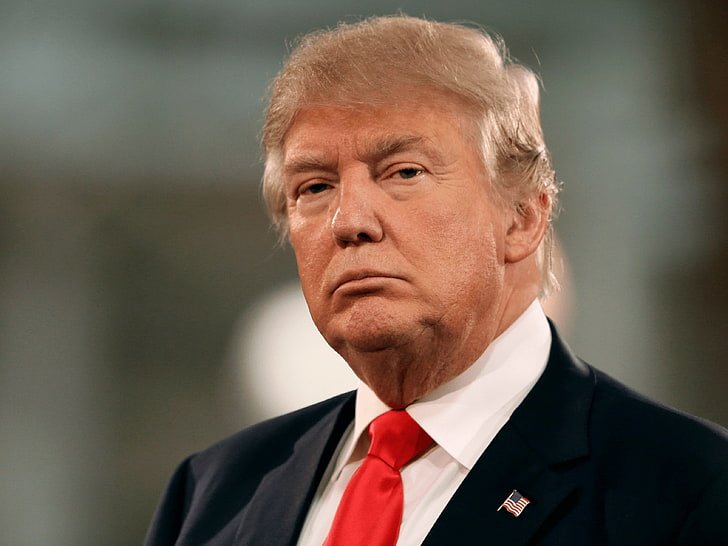Israel Launches Airstrike on Iran: Key Figures Martyred in Major Escalation
Introduction
Tensions in the Middle East reached a boiling point as Israel launched a powerful airstrike on Iranian territory, reportedly targeting high-level military personnel. The attack, which resulted in the martyrdom of key Iranian figures, has sparked international concern and fears of a broader regional war. This strike marks one of the most direct confrontations between the two arch-rivals in recent years.
Background of Israel-Iran Conflict
The Israel-Iran conflict has deep roots, fueled by ideological, political, and military tensions. Since the Islamic Revolution of 1979, Iran has openly opposed the existence of Israel, while Israel views Iran’s growing regional influence and nuclear ambitions as a grave threat.
Over the past decade, this hostility has intensified with covert operations, cyberattacks, and proxy warfare in Syria, Lebanon, Iraq, and Yemen. Israel has frequently accused Iran of supporting terrorist groups like Hezbollah and Hamas, while Iran blames Israel for destabilizing the region.
Details of the Airstrike
According to early reports, the Israeli airstrike was launched in the early hours of the morning, targeting a military facility near Isfahan, a city known for its nuclear infrastructure. The strike involved precision-guided missiles fired from unmanned drones and possibly long-range fighter jets.
The Iranian Defense Ministry confirmed the incident, noting that several buildings were damaged and multiple personnel were killed, including senior commanders believed to be part of Iran’s elite Revolutionary Guard Corps (IRGC).
Key Figures Martyred
Among the martyrs were Major General Reza Tavassoli and Brigadier General Ali Khosravi, both known for their leadership roles in Iran’s missile and drone development programs. Their deaths are a significant blow to Iran’s military capabilities and may alter the balance of power in the region.
Funeral processions were held in Tehran with thousands in attendance, as Iranian officials vowed revenge and labeled the attack a “cowardly act of war.”
Iran’s Immediate Response
Iran’s Supreme Leader Ayatollah Ali Khamenei condemned the attack, calling it an open act of aggression. The Iranian Armed Forces have been placed on high alert, and senior commanders have promised a strong and proportional response.
There is growing speculation that Iran may retaliate by targeting Israeli embassies, military bases, or allied assets in the region, possibly through its network of proxy groups.
International Reactions
The airstrike has triggered global alarm. The United Nations called for “maximum restraint,” warning that any further escalation could destabilize the entire Middle East.
The United States urged both parties to avoid war, while also reaffirming its support for Israel’s right to self-defense. The European Union condemned the loss of life and pushed for immediate diplomatic engagement.
Meanwhile, Russia and China expressed concern and called the strike a violation of international law.
Strategic and Political Analysis
Analysts believe the timing of the strike may be linked to Iran’s growing influence in Syria and Lebanon, as well as its recent advancements in uranium enrichment. Israel may have sought to send a message that it will not tolerate Iran’s regional expansion or nuclear brinkmanship.
This incident could also influence domestic politics in both countries, with Israeli leaders gaining support from hardliners and Iranian authorities facing increased pressure to retaliate decisively.
Risk of Escalation and War
Military experts warn that the risk of a full-scale war between Israel and Iran is now higher than ever. Both countries possess advanced military technology and regional alliances that could quickly draw in other powers.
If Iran chooses to strike back directly or indirectly through Hezbollah or militias in Iraq and Syria, the situation could spiral out of control, potentially affecting oil routes, global markets, and civilian populations.
Humanitarian Concerns and Civilian Impact
While the airstrike targeted military installations, nearby civilian neighborhoods suffered collateral damage, with reports of injuries and property destruction. Hospitals in Isfahan have been overwhelmed with casualties.
Human rights organizations have expressed concern about potential war crimes and urged both nations to protect civilian lives and infrastructure. The Red Crescent has already begun emergency relief operations in affected areas.
Conclusion
The Israeli airstrike on Iran marks a turning point in an already volatile region, with high-profile martyrs and escalating rhetoric on both sides. As the world watches closely, the need for diplomatic solutions has never been more urgent.
Without immediate efforts to de-escalate the situation, the Middle East risks sliding into a broader and deadlier conflict. Global powers must now step in to prevent further violence and work toward lasting peace in the region.
Tragedy Strikes: All 242 Perish in Devastating Ahmedabad Plane Crash, Reports Indian Media
Frequently Asked Questions (FAQs)
1. Why did Israel launch the airstrike on Iran?
Israel claims the airstrike was a preemptive defense move to stop Iran’s growing nuclear threat and military buildup in the region.
2. Who were the key figures martyred in the strike?
Major General Reza Tavassoli and Brigadier General Ali Khosravi, both senior figures in Iran’s Revolutionary Guard, were among those killed.
3. What is Iran’s response to the attack?
Iran has condemned the strike and placed its military on high alert. Officials have vowed revenge, promising a strong retaliation.
4. Will this lead to a larger war?
There is a significant risk of escalation, especially if Iran retaliates directly. However, international actors are urging both sides to avoid full-scale conflict.
5. How does this affect global politics?
The strike impacts oil prices, international diplomacy, and the balance of power in the Middle East. It may also influence U.S. and European foreign policy in the region.




